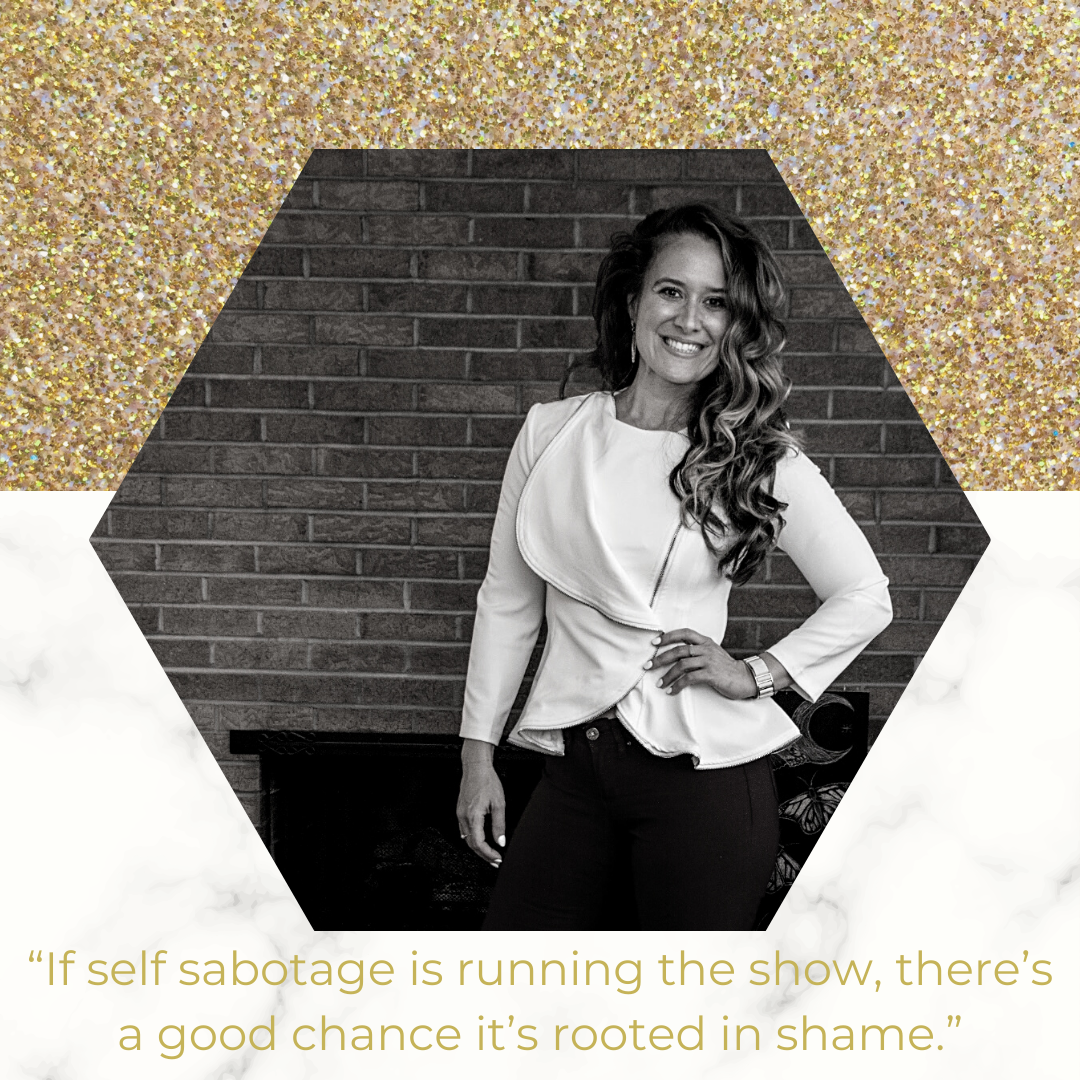Why You Avoid, Distract, Buffer
This post will explain how shame triggers you do avoid, distract, and buffer and what to do about it.
“If self sabotage is running the show, there’s a good chance it’s rooted in shame.”
A common thought error is
“If I accept this shameful part of me, THEN I’m going to be stuck with it F-O-R-E-V-E-R.”
Errr wrong.
What’s happening is simply avoidance.
Attachment to Shame
That avoidance is just prolonging the process and keeping you attached to this shameful part of you that you incessantly shun.
Avoiding/distracting/buffering can look like:
Working (excessively)
Numbing (over: drinking, eating, drugs, sex, working out, etc)
Scrolling (social media)
Blaming (pointing fingers)
Perfecting (mediocre is out)
Over-committing (hello people pleasing)
Underneath all of that avoidance is simply a need to be seen, heard, noticed and then, accepted.
It’s simply awareness (think of a 2 year old wanting to show you her artwork, and starts getting louder & more obnoxious the longer you block her out and don’t pay attention).
All that little girl needs is to be seen and validated. All you need (and just don’t know it yet) is to allow that shameful part of you to be seen and heard.
The avoidance is just making it get louder and more obnoxious. And, it’s making you feel more and more out of control & a whole heck-of-a-lot harder to tame.
And, nothing is wrong with you. You have a human brain that loves to think a lot of thoughts, but you don’t feel safe enough to feel the difficult emotion that accompanies that thought, yet.
Guess what, you can create safety in order to accept that part of you,
starting now.
How to Deal with Shame
Oftentimes, when an emotion seems like “too much” all you need is support to make you feel safe enough to explore what’s going on inside.
Safety is foundational in order to get curious and create AWARENESS.
Then give the emotions (you find) some extra TLC.
Difficult Emotions
Typically, the 4 most difficult emotions (in no particular order) to digest are:
Guilt
Grief
Shame
Fear
Shame is one of the emotions I help clients navigate through the most.
Together, we address shame at the roots, explore the ways it has subconsciously led your life, and allow it to be seen for the protective role it’s played in your life.
If self sabotage is running the show, there’s a good chance it’s rooted in shame.
I can create a safe container to help explore it together, and help you get out of your own way, faster.
Healing self sabotaging behaviors
ABOUT THE AUTHOR I’m Meg Smithson and I remember vividly the heartache, distress, and agony that self sabotaging behaviors caused me. Between eating disorders, anxiety, major self doubt, and constant imbalance, I couldn’t seem to live the fulfilling life I imagined.
If you are currently dealing with this, I get it & know exactly how you feel.
I spent a decade of heartache striving to fit the elusive mold of what mainstream considered “perfect” all while trying to figure out why I was put on this earth.
I learned to listen to what I needed…
…not what others expected of me. Gradually, I felt freedom like I had never imagined I could.
What does a relationship coach do?
Now, I teach women to find that freedom, too, by helping them create the relationship that they really want, faster by first healing their attachment to shame, people pleasing, & perfectionism.
Click to schedule a free consult!
Meg Smithson, Life Coach
Meg coaches women by identifying areas of self sabotage, helping them break up with the shame that usually accompanies that, and then shows them how to set boundaries around the emerging 2.0 version they want to become, and live that life, unapologetically.
Click to schedule a life coaching consultation with Meg.




